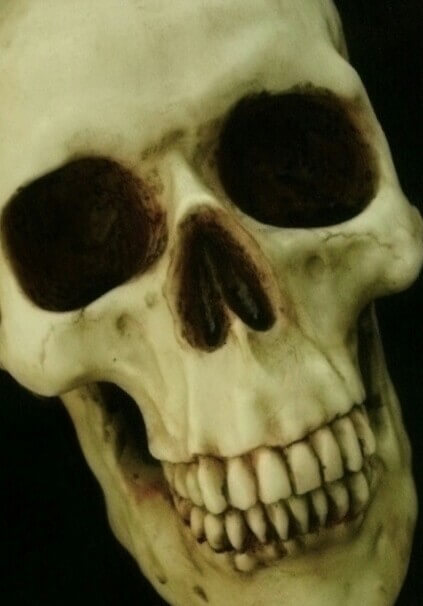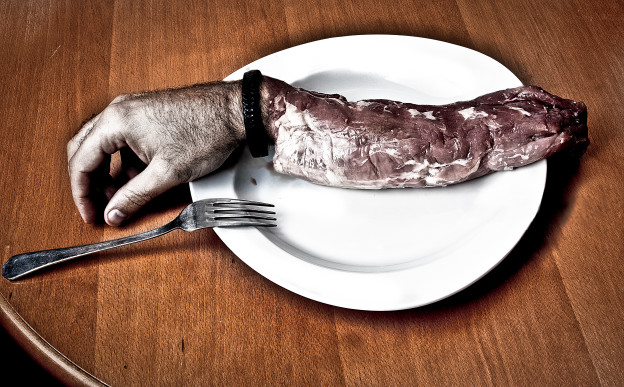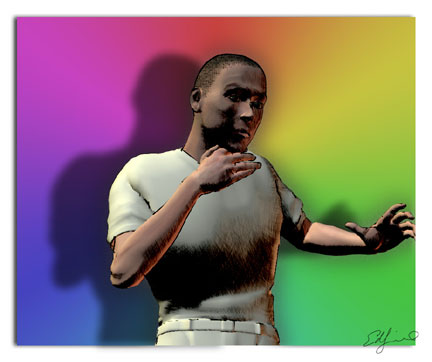Have you ever thought about what it would be like to have extra body parts? The human body is an amazing and complex machine with multiple complex systems. Of course, it is far from perfect. The body has plenty of flaws and unnecessary evolutionary traits (such as wisdom teeth) that still hang around. We are going to talk hypothetically about how 3 extra body parts could potentially save millions of lives if they were part of the human body. If only people could redesign the body.
According to scientists, the human species first began to evolve approximately 200,000 years ago. Whether you believe you were created by a god, or evolved by the process of natural selection, this post will certainly get you thinking. With roughly 150,000 deaths per day (worldwide), additions to our body could have prevented many accidental deaths. Our first body part is a human tail.
#1 A Human Tail For Better Balance
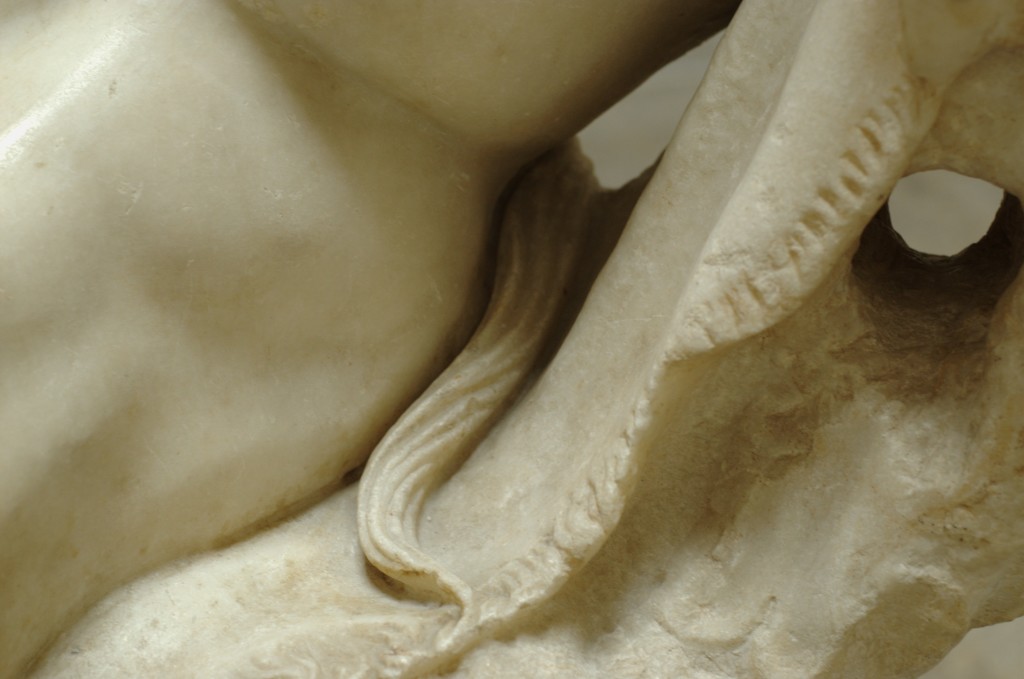
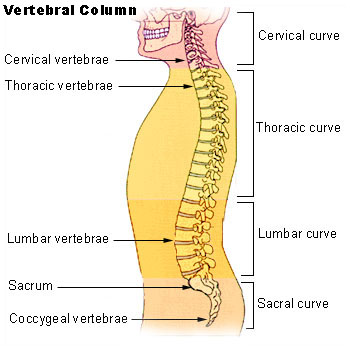
At some point in development, all mammals will have a tail. In fact, (believe it or not) even humans will have a tail for a period of 4 weeks. The tail in humans are present during stages 14 to 22 of human embryogenesis. Although the coccyx has lost its original functions, which are assisting balance and mobility, it still serves as an attachment point for muscles. In very rare cases, one can have a congenital defect that results in a short tail-like structure that is present at birth. There have only been 23 reported cases of humans born with a short tail in the medical literature since 1884. Humans with this rare congenital defect can successfully have their tail removed with surgery.
See a video of a man with a real 14.5 inch tail in our post on human oddities.
Why Did Our Ancestors Lose Their Tails?
Although it is still unknown why humans no longer have tails, there are theories. A major function of tails is balance. Since our ancestors began to walk on two legs, the tail was no longer needed.
Human Deaths Resulting From Falls

Read about a famous man who fell and broke his neck from tripping over his beard (in a past post).
A Hypothetical “Super Human Tail”

How Would The Tail Function?
Falls can even occur when one is in the standing position. This often causes serious injuries, especially in the elderly. The super tail could act as a backup for balance when the legs give out. When it is needed, it could expand to serve its purpose. When it is not needed, it could just shrink to a smaller size. This tail would not only help prevent thousands of injuries, but also deaths.
#2 An Extra Hole For Eating & Drinking = No More Deaths From Choking On Food
According to MedHelp.org, 1 in 4,404 people will die from choking on food. Although it is more common in children, according to Faqs.com, about 3,000 adults die yearly from choking on food.
A Extra Hole For Eating And Drinking

A Hole Like Dolphins?
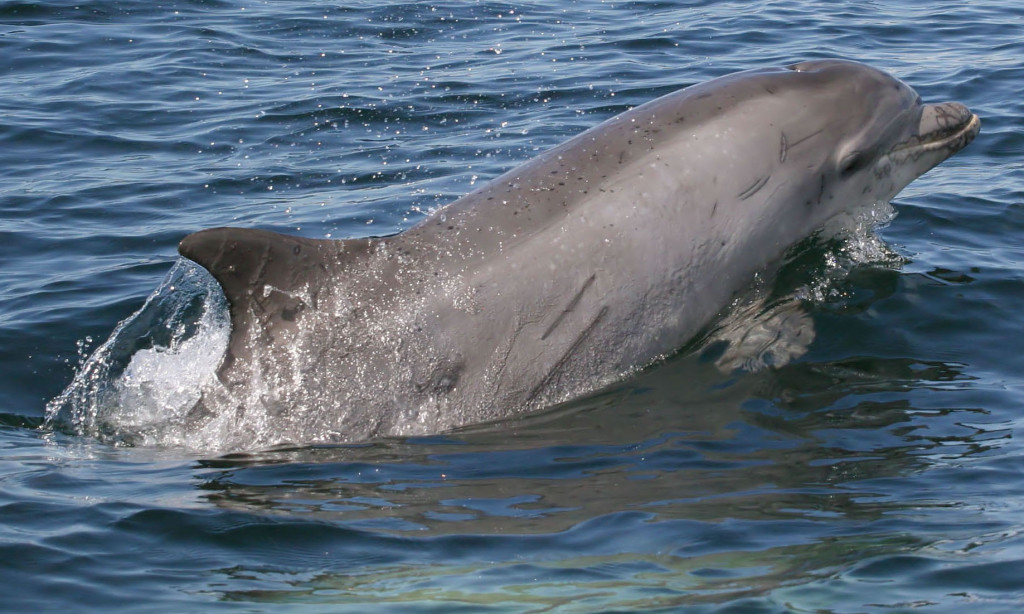
#3 An Extra Heart

“Ultrasound Of Human Heart” by Fruehaufsteher2 is licensed under CC BY-SA 3.0
What if the human body had two hearts instead of just one? We already have two lungs, kidneys and eyes so why not two hearts? One might think that an extra heart could perhaps double the performance of its function. According to physiologist Bruce Martin, since your heart pumps blood to the muscles, a second heart would eventually give a person more endurance and also cause your muscles to grow stronger. However, this is based on a human suddenly getting an extra heart. What if you were already born with two functional hearts? Are two hearts better than one?
A Hypothetical Extra Heart

When the other heart goes bad, the extra heart would be fully functional. It wold no longer have the job of just pumping blood along with your other heart. When arteries are blocked, it would provide another pathway for blood to reach it. It has the ability to detect and eliminate plaque buildup. It will open blocked arteries, which would allow for better blood flow through your organs and tissues. We will call this extra heart the “super heart”. It could help decrease the chances of death from heart disease. It certainly would be a necessary organ for long-term survival.
An Animal With Three Hearts
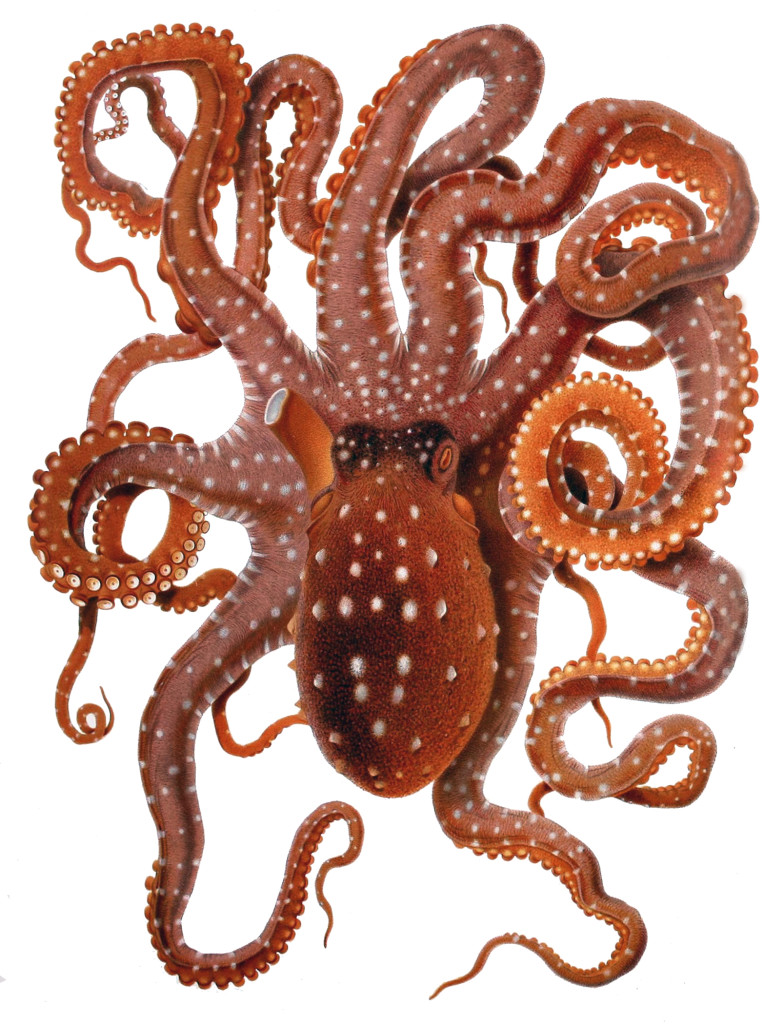
Conclusion

“Halloween (Zombie dinner)” by Andrés Nieto Porras is licensed under CC BY-SA 2.0
Now that we have discussed three extra body parts that could save the lives of many people, do you have any more ideas that could potentially save lives, or at least improve convenience? Maybe a third eye located behind your head for extra vision, or a sensor that can detect odorless danger (such as carbon monoxide) to help prevent accidental deaths? Feel free to share your idea below.
